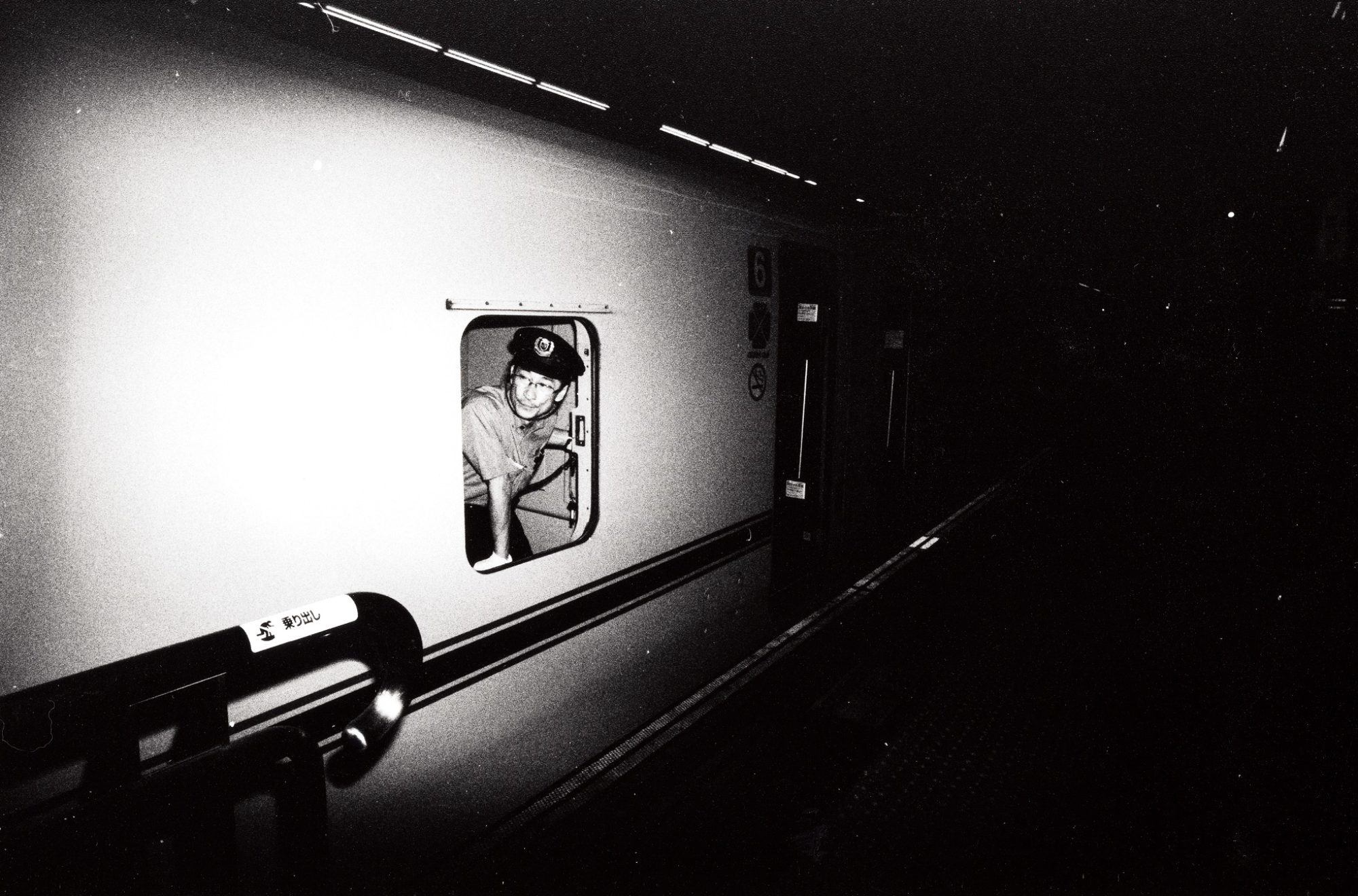Since I started shooting instant pictures on the Impossible Project I-1 three years ago, I filled more than 3 boxes with instant pictures out of five different formats: Polaroid 600, Polaroid Spectra, Instax Wide, Instax Square and Fujifilm FP-100C. This blogpost will show some of the ones I took during the last year.


Last summer I went to Viareggio for a few days, and carried around the Intrepid 4×5 with the Polaroid 405 back for FP100C peel-apart instant film (refurbished by CatLabs). I took some pictures around the town, and Giuditta also took some with her Instax Mini 70. Sadly Fujifilm discontinued the peel-apart line of instant film, and none other are currently available – although Supersense is working on their own take on that format, and I stocked ten boxes of FP100C for an upcoming portrait project. The results given by instant film shot on such a wide format as 4×5 is very interesting, and give the widest dynamic range possible.



In December I instead brought the Mint Instaflex RF70 to Prague, and experimented a bit with its manual commands. Despite having some minor issues – the flash-sync cord output does not always work, and the first unit I received had a focusing problem – the results are very good. The lens has a wide maximum aperture and therefore allows shallow depth for field and low-light picture-taking. Most of the times I use an external expose meter – such as the Lumu Power – since the internal one is not always precise: I suspect it is tight spot meter that gets easily tricked by internal reflections. As long as the picture is taken at ease or in a controlled environment the results are amazing – just as with the Impossible Project I-1.
“Dreaming is not merely an act of communication (or coded communication, if you like); it is also an aesthetic activity, a game of the imagination, a game that is a value in itself. Our dreams prove that to imagine – to dream about things that have not happened – is among mankind’s deepest needs. Herein lies the danger. If dreams were not beautiful, they would be quickly forgotten.”
Milan Kundera, The Unbearable Lightness of Being


I also often carry instant cameras during everyday life, and mostly at night when out with friends. Despite the fact that most of them now hate me for the fact that the cameras’ bright flashes blinded them more than once, it’s nice to always have a physical picture of what is going on to pass around, other than just taking pictures with the phone – nonetheless I am not saying that digital images should not be taken: I am merely claiming that the added physicality of instant pictures to the immediacy of both mediums is appreciated.



The cameras that I carry around the most are the Polaroid SLR680 and the Polaroid Spectra, due to their semi-compactness. And I also always try to experiment with the colours and composition in the pictures, sometimes by taking advantage of the shapes and tints of the many available cartridges by Polaroid Originals. There is a bright red limited-edition that I stocked in my fridge and will save for some specific use, since that colour could be so interesting to complement. Moreover, I really like the red-duochrome film that they discontinued during the transition from Impossible Project to Polaroid Originals, and still hope they will start making again: they used to fill a comfort zone for easy, out-of-the-box experimentation that now requires a much harder work. Yet, such restraints can be stimulating – and I always need something to push me onwards. I indeed always need to try avoid being lazy and unproductive: since it is something that tend to indulge into somewhat often.



In fact I managed to get similar results using the InstantMagny35 that I funded on kickstarter: this device allows Instax Square picture-taking on 35mm reflex cameras by Nikon, Leica, Canon, Pentax and Olympus – as a Polaroid bulkier similar device did in the past. By using a bright flash and a 25A red filter, I managed to get results that looked just like the ones from the red-duochrome film by Impossible Project. Moreover, I could take instant pictures on the Nikon FM2 with the 21mm lens, providing wide-angled results that are unusual to see in an Instax Square format.


Recently I have also been part of the crowd-based beta testing of new Polaroid Originals films and despite a few minor issues, it has been an interesting and challenging experience: giving back a full feedback for the pictures (e.g. how the grain and sepia tone looked like, if any exposure compensation was needed) was a bliss for an analytical mind such as mine.


Yet, the end result always is to try to catch a glimpse of the good times in our lives, by breaking into the moment and salvaging it.
Thanks to Giuditta Fullone for reviewing this article.
All the images included in this article were shot on either Polaroid Originals or Fujifilm instant film, and then scanned. The cover drawing is made by me.


